Second-Half Mysteries: Inside MLB's Thrilling Stretch Run
Of all the teams that will be adding resources as the trade deadline approaches and the second-half sprint begins, no team will be adding more talent than the Angels. In the coming weeks, if not days, Los Angeles will welcome back Mike Trout, Anthony Rendon and Justin Upton. And that lode still might not be enough to get this pitching-starved organization into the postseason.
The second half is filled with intriguing team narratives. Are the Yankees in danger of missing the postseason? Are the Giants really this good? Are the Dodgers headed for the trap door of a wild-card game, a fate to be so avoided they misspent money on Trevor Bauer?
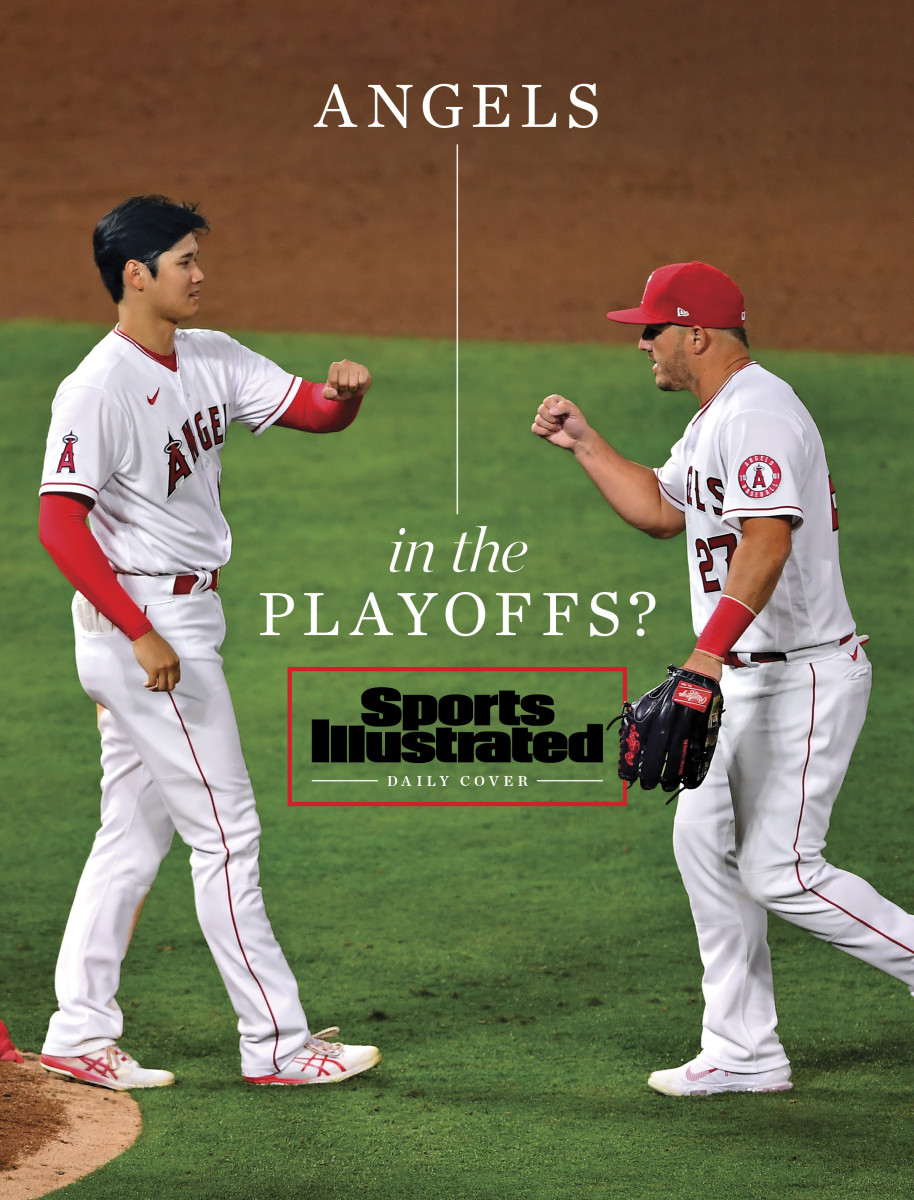
But you must start with the Angels when it comes to second-half mysteries. Loaded with talent, short on pitching, can they make a postseason run as they get to full health?
“This year? No, I don’t see it,” says Oakland pitcher Chris Bassitt, who seems surprised that I ask the question about a team with a winning record (45–44). “You’ve got us, Houston and maybe Seattle with an outside chance.”
There are reasons to both doubt and have faith in the Angels. Shohei Ohtani is the most talented player in baseball, and Trout is the best position player in baseball. The Angels have both. Los Angeles also has All-Star first baseman Jared Walsh, the most expensive third baseman in history in Rendon and the fifth highest OPS in baseball even with Trout missing two months.
Here’s the argument for the Angels making a wild-card run. They have played winning baseball since Trout went on the IL (27–22). They are scoring 4.89 runs per game, seventh best in baseball. Ohtani, Trout, Walsh, Rendon and Upton—the preferred 2–6 hitters behind David Fletcher—have started only 11 games together this year. Eleven. There are even more runs to be had.
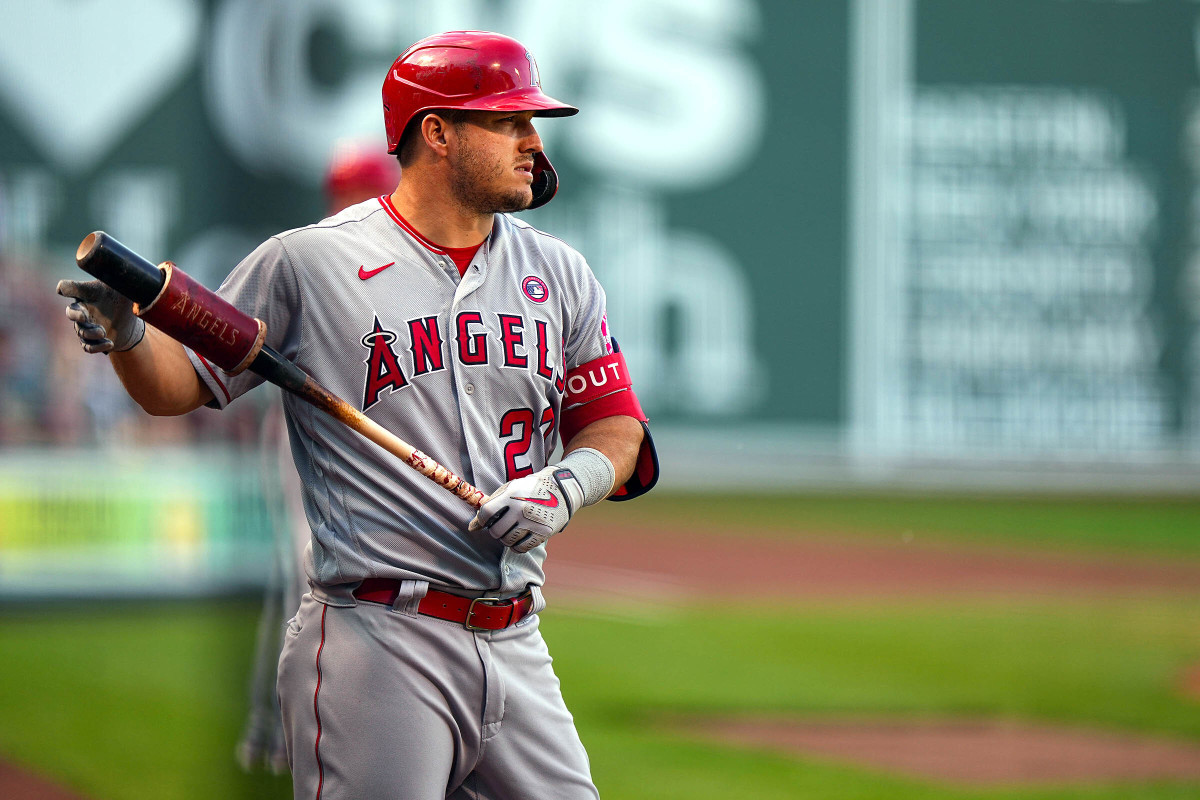
Here’s the argument against the Angels: pitching. Their starters rank 25th, and their bullpen ranks 22nd. Ohtani will get maybe 10 more starts. Patrick Sandoval and José Suarez have been improvements over José Quintana and Dylan Bundy. But beyond that? Trouble.
Trout never has played in a winning playoff game. He turns 30 next month. Though he has been off the radar for two months, don’t forget that this year in his 36 games before the injury he was posting career bests in on-base percentage and OPS.
Ohtani is the best thing to happen to baseball since Babe Ruth—and he fell into the Angels’ laps. If they get just decent pitching, the Angels can play their way into the mix. But it seems such a waste of generational talent that getting just average pitching is asking too much. Los Angeles hasn’t built even an average pitching staff in the past four years, ranking 19th, 25th, 26th and 26th with Trout and Ohtani on the same team.
Say this about the Angels when they get to full strength: It will be fun watching them whether they pull off a second-half comeback or continue to waste such talent.
As for the other biggest stories to watch in the second half …
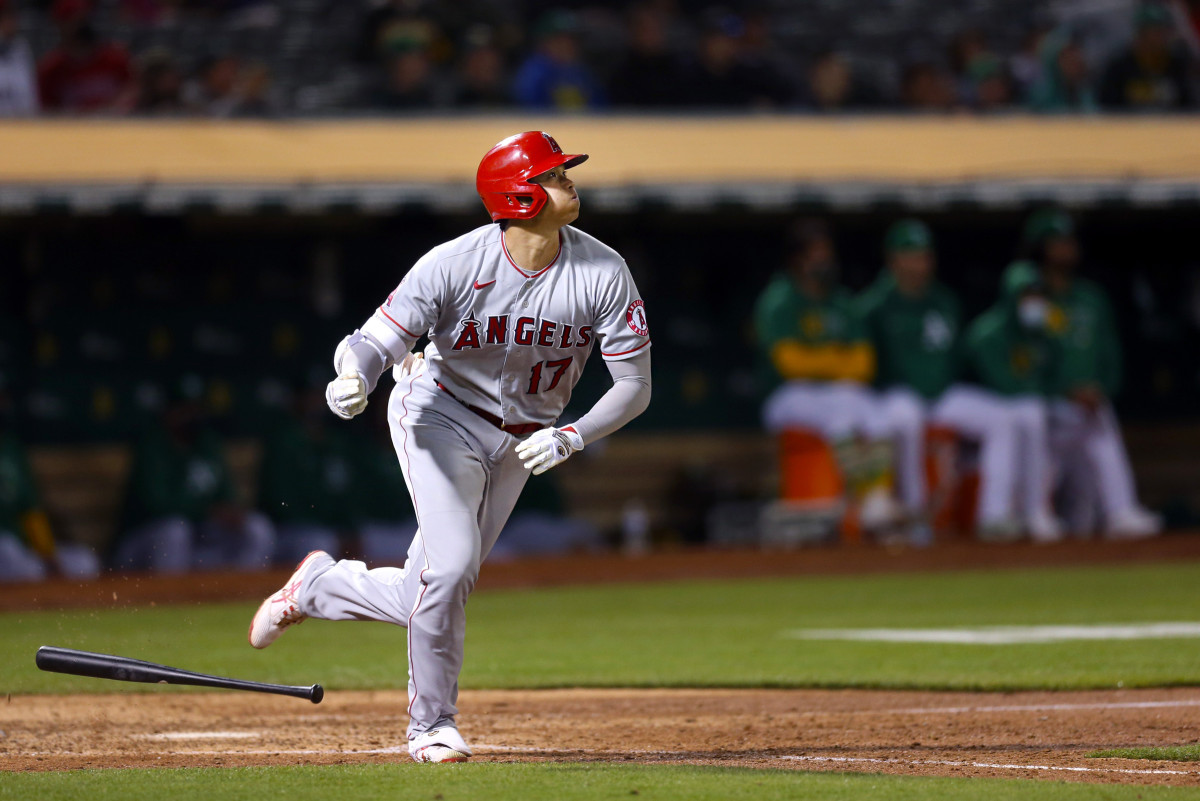
Shohei Ohtani
He is pure joy in a world and a sport that needs his authentic enthusiasm and responsibility, not just his extraordinary talents. Ohtani was pulled in all directions during the All-Star festivities: the Home Run Derby, pitching and hitting in the game, scores of interviews, etc. At a time when many selected players would rather stay home than honor the game and the fans, Ohtani took it all in with a welcoming smile.
The most important words spoken in Denver during the two days came from Ohtani, and they went largely unnoticed as the prevailing media homework assignment was to describe his talents in new and ever-gushing ways. Someone asked Ohtani about the toll of taking on this double duty—at altitude no less, something Jacob deGrom wanted no part of.
“I expect to be exhausted after this,” he said. “[But] this is for all the people who want to watch it. And I want to make them happy.”
There has never been a player like Ohtani, not even Babe Ruth. He is one of a kind. But his sense of responsibility to the game and its fans can be copied by all.
Offense is back
MLB’s crackdown on sticky substances is working. Besides addressing cheating, it is restoring needed offense to the game. When the crackdown unofficially began, the MLB batting average of .236 was the worst in history. Since then, it has risen 10 points. It will continue to rise.
MLB Batting
Avg. | SLG | |
|---|---|---|
Before June 3 | .236 | .395 |
Since June 3 | .246 | .415 |
The crackdown is most evident in eliminating the artificially enhanced “super-spin” four-seamers. Fastballs that spin at 2,800 rpm and faster are almost impossible to hit. Batters were hitting .135 against them before the crackdown. But those outlier fastballs have since almost disappeared. The rate of 2,800+ rpm fastballs is down 70% since June 3.
Among the pitchers who lost the most super-spin fastballs with the crackdown are Trevor Bauer (343 before the crackdown, 1 since); Dylan Cease (19, 0); Garrett Richards (16, 8); and Lucas Sims (16, 2).
Sticky substances affect four-seam spin more than any other pitch. With the crackdown, four-seam spin is down 72 rpm, batting average against four-seamers is up 12 points, and the super-spin four-seamers went from one every 122 fastballs to one every 409.
4-Seam Fastballs
Avg. RPM | Avg. | 2,800+ RPM | |
|---|---|---|---|
Before June 3 | 2,319 | .249 | 8.1% |
Since June 3 | 2,247 | .261 | 2.4% |
“The biggest change is the high spin elevated fastball—the vertical rise,” Dodgers first baseman Max Muncy says. “Instead of having 21 [percent rise vs. average], it’s 17. That’s the difference between here [pointing at the letters across his jersey] to here [below the letters]. That’s the difference between the pitch being over the barrel and on it.”
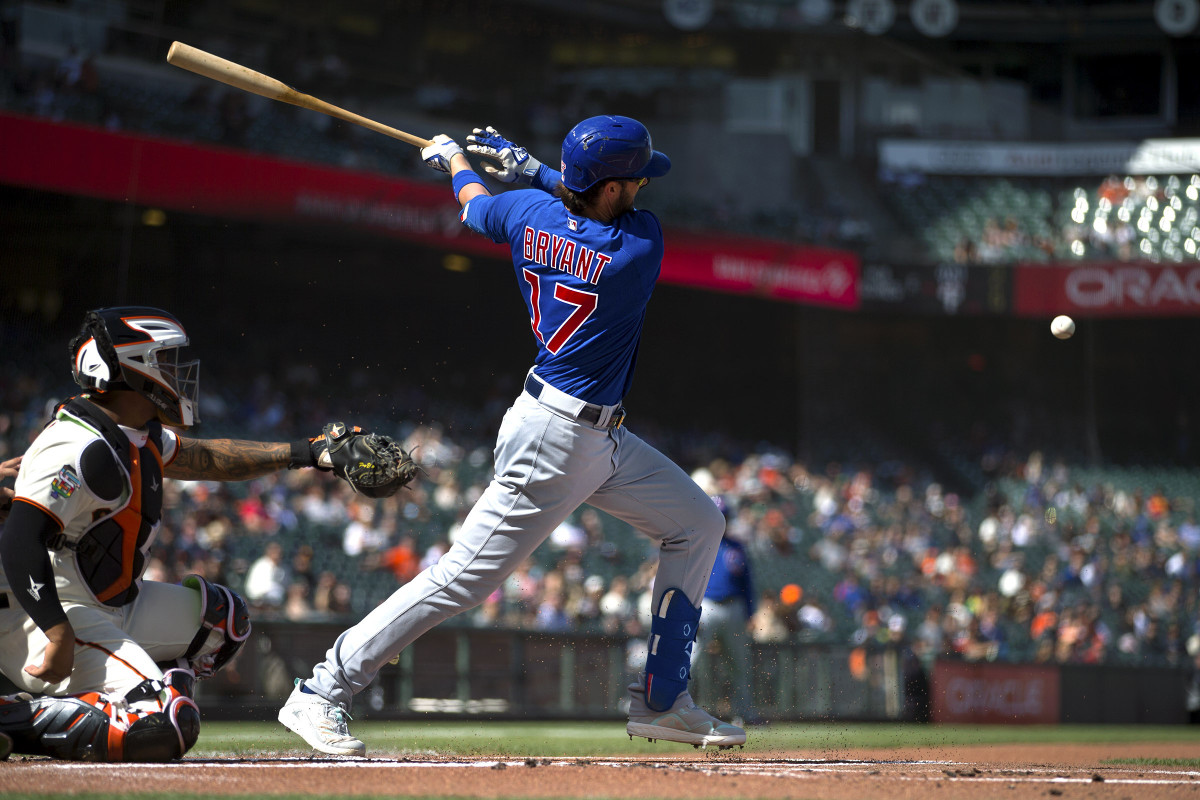
Jed Hoyer controls the trade deadline
Cubs president of baseball operations Jed Hoyer holds the best pitcher and best position player on the trade market, reliever Craig Kimbrel and infielder/outfielder Kris Bryant. He would be wise to move them, given his team’s 2–13 free fall to finish the first half and 23–33 record against winning teams.
Kimbrel is to this trade market what Aroldis Chapman was to the 2016 trade market, minus Chapman's alleged involvement in a domestic violence incident, which led to a 30-game suspension. (No charges were filed against Chapman and he denied the allegations.) He is a potential finishing piece to a championship. In his 41 appearances since September, Kimbel has allowed two earned runs (0.46 ERA) with 67 strikeouts and 10 walks. “Just getting on time with my delivery,” Kimbrel says. “The key for me is staying on [my] back leg, making sure I’m staying on the rubber.”
Hoyer is not motivated to move Kimbrel, but selling at the height of value may present an opportunity he can’t turn down. The A’s, Astros, Blue Jays, Giants and Padres are among the many teams in play on Kimbrel.

Dodgers title defense
The Dodgers are worried about their starting pitching. They should be. Clayton Kershaw is hurt. Dustin May is out for the year. Bauer is under investigation by MLB for sexual assault and his status is so unclear that the possibilities include never throwing another pitch for the Dodgers.
Walker Buehler and Julio Urías (20–4 combined) are carrying the staff, but that’s a problem, too. Buehler, 26, is on pace to pack on 30 more innings than he threw in 2019—the last full season. Urías, 24, is on pace to add 113 innings—and that’s not even including the postseason innings Los Angeles counts on them throwing. The Dodgers must thread the needle between backing off Buehler and Urías in the second half and staying out of a wild-card game.
The Giants are legit
Why do they have the best record in baseball? They throw a ton of ground balls, play outstanding defense and play offense like the Dodgers: they hit home runs, take walks and limit their chase. Those are all sustainable traits. With payroll flexibility, this is the team to keep your eye on for a blockbuster, surprise deal at the deadline as the Astros did with Zack Greinke in 2019.
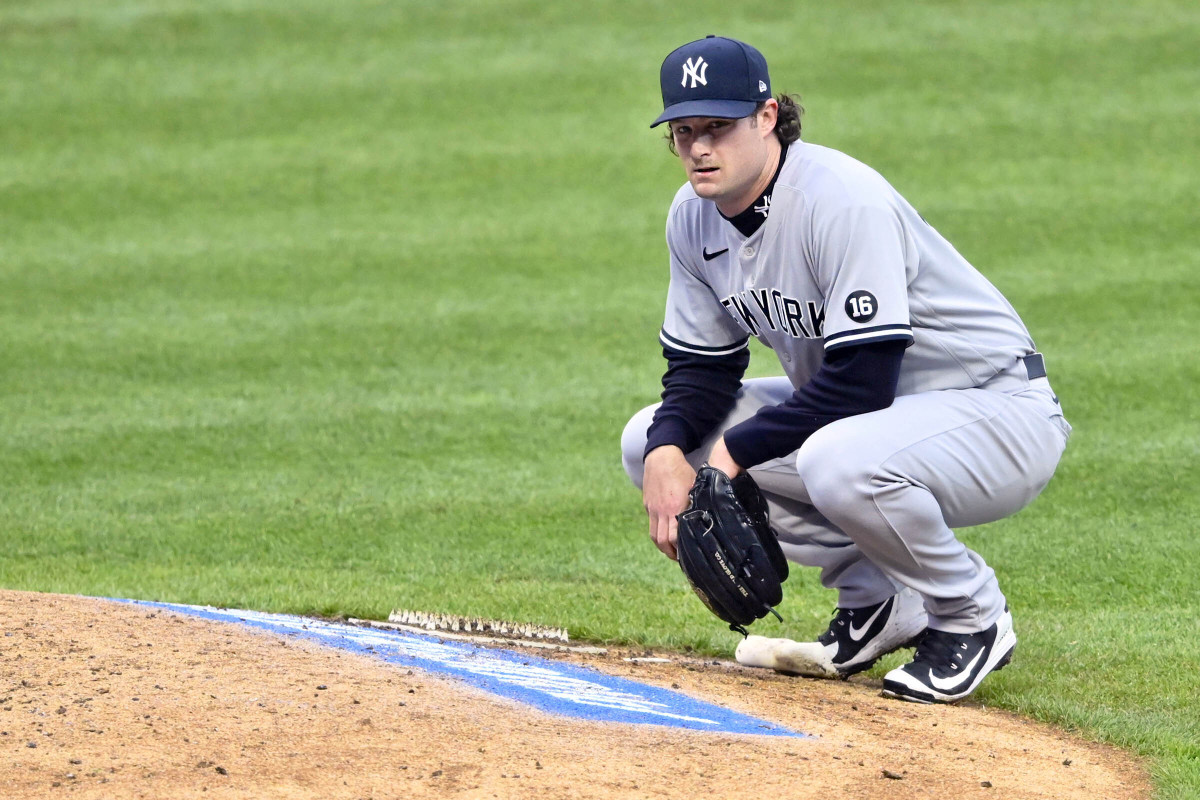
Are the Yankees in trouble?
Not yet. The offense will still bludgeon bad teams and Jameson Taillon and Gerrit Cole look ready to go on a roll. But New York needs to go 44–29 (.603) in the second half to get to 90 wins—and even that might not be enough. That’s why their first 13 games out of the break could make or break their season. Eleven of them are against the Red Sox and Rays. They are 5–14 against those two teams. (Games against Philadelphia account for the other two games in this stretch).
Why do the Red Sox and Rays match up so well against the Yankees?
1. Those two teams don’t feed them fastballs. Boston (47%) and Tampa Bay (38%) throw far fewer fastballs against New York than the overall league average (51%).
2. They neutralize the unbalanced New York roster with right-on-right specialists. The Yankees are hitting .201 against right-handed pitchers from Boston and Tampa Bay. The New York lineup has been crying out all year for a left-handed bat such as Joc Pederson.
Biggest Trade Deadline Needs
Yankees | Lefty Bat |
|---|---|
Red Sox | First Baseman, Leadoff Hitter |
Blue Jays | Relief Pitcher |
White Sox | Impact Bat |
A's | Nelson Cruz |
Phillies | Relief Pitcher |
Reds | Relief Pitcher |
Dodgers | Starting Pitcher |
Oh, and how do the Yankees end the season? With nine straight games against Boston, Toronto and Tampa Bay.
Tommy John comebacks
Luis Severino of the Yankees, Chris Sale of the Red Sox and Noah Syndergaard of the Mets had Tommy John surgery 29 days apart before the 2020 season began. All are on the road to rejoining their major league team in the second half.
Sale is the furthest along. He is scheduled to make his first minor league rehab start Thursday. After rehab setbacks, Severino should be throwing live BP this week and could be back at the start of next month. Syndergaard looks like a September return.

Historically bad offense for a postseason team?
The Brewers could be the worst hitting team to ever make the playoffs.
Milwaukee is the 2021 team. The Brewers are hitting .220—29th among the 30 teams—and yet they lead the NL Central by four games. No team has ever been that bad at hitting over a full season and somehow made the postseason. The Brewers would displace the 1906 “Hitless Wonders” White Sox (.230). The Brewers average 9.7 strikeouts and 7.2 hits per game. And their answer is … Rowdy Tellez?
The Reds, even with their spotty bullpen, are legit challengers, especially after taking three in a row in Milwaukee heading into the break.
Historically bad offense for an AL team?
The Mariners could be the worst American League hitting team since the DH was added in 1973.
Seattle’s team batting average is .216. The Mariners look like a lock to be worse than the 2011 Mariners, who hit .233, the lowest in any AL full season since 1973. They have been outscored by 50 runs. And yet they are five games over .500, the flukiest record in baseball thanks to their 19–8 record in one-run games.
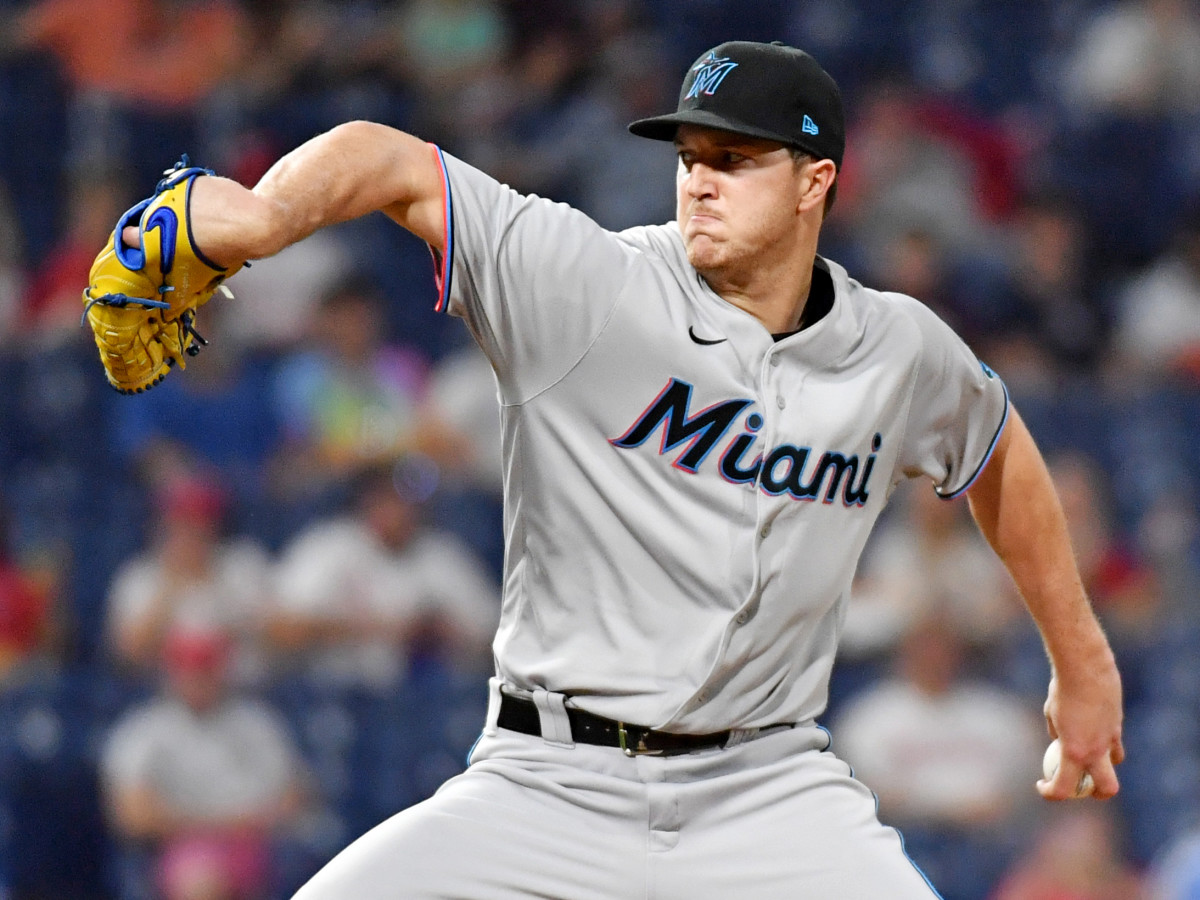
Rare Rookie of the Year winners?
Only one starting pitcher (Michael Fulmer in 2016) has won one of the past 12 Rookie of the Year awards. Only twice since the award was first handed out in 1947 have starting pitchers won the award in each league in the same year: Dave Righetti and Fernando Valenzuela in the strike-shortened 1981 season and Mark Fidrych and Pat Zachry in 1976.
But this year both leagues feature starting pitchers as leading candidates in each league: Trevor Rogers of Miami and Ian Anderson of Atlanta in the NL and Casey Mize of Detroit and Luis García of Houston in the AL. Asking rookie starters to grind through a first full season after an abbreviated one is a big ask, however. (See Anderson’s balky shoulder.) The door is also open for hitters such as Dylan Carlson of St. Louis, Jonathan India of Cincinnati and Ke’Bryan Hayes of Pittsburgh in the NL and Randy Arozarena of Tampa Bay, Adolis García of Texas and Akil Baddoo of Detroit in the AL.
An MVP race that’s already over?
With all due respect to Vlad Guerrero Jr. of Toronto, Ohtani is far in front in the MVP race. Ohtani leads the league in homers, triples, extra-base hits, total bases, bunt hits and slugging, while on the mound he’s striking out 11.7 batters per nine innings over 13 starts. The NL MVP frontrunners are Fernando Tatis Jr. of San Diego and Jacob deGrom of New York. The biggest challenge for deGrom will be his pitching volume when measured against an everyday shortstop. He ranks 32nd in the league in innings.
More MLB Coverage:
• In the Year of Ohtani, MLB’s Stars Are Celebrating the Greatest of Them All
• Participation Woes Cloud Sho-Stopping All-Star Weekend
• How Should the Braves Move Forward Without Ronald Acuña Jr.?
• Three Big Questions Ahead of the MLB Trade Deadline
